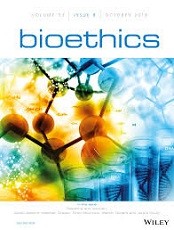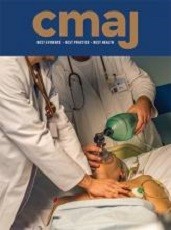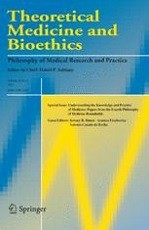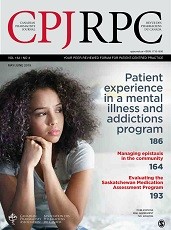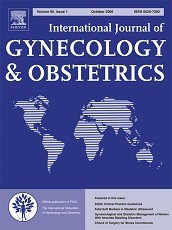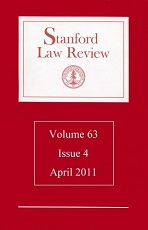From Abortion to Medically Assisted Death
Bernard M Dickens
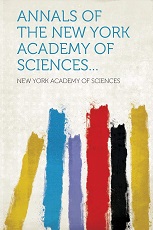
The purpose of this paper is to address how analysts and commentators approach the relationship between abortion law and law governing medically assisted death, discussion of which is here limited to assisted suicide and voluntary active euthanasia. The issue of involuntary euthanasia or “mercy killing” of non-consenting persons is beyond the present discussion. This paper is further limited to English language literature, and to legal experience and commentary primarily from the United States of America, Britain and Canada, although reactions to developments in the Netherlands are included. Attention will be directed initially to legal and related analysts and commentators who oppose legalization both of abortion and of medically assisted death, and who resist application of the reasoning that supported decriminalization of abortion to medically assisted death. They represent the socalled Pro-Life protagonists in the debate. Language is often employed instrumentally in the conduct of the disagreement, but the practice adopted here is to refer to protagonists by the titles they give themselves.
Second, attention will be given to adherents to the so-called pro-choice position, who favor both liberalized abortion laws and tolerance of medical means by which individuals may end their own lives when they find survival excessively painful, burdensome, or undignified. Consideration is then given to those who oppose liberal abortion laws, perhaps because of fetal vulnerability, but who consider that non-vulnerable, competent persons, such as terminal patients in unrelievable distress, should be legally entitled to assistance in dying. The reverse is then addressed, concerning those who favor women’s choice on abortion, but oppose medically assisted death because, for instance, it may be exploitive of disabled patients or violative of ethical duties that health care professionals owe patients. In conclusion, it will be proposed that reconciliation of opposing views may be approached through promotion of choice, both to continue unplanned pregnancy and burdensome life, through availability of options that individuals may be encouraged and supported, but not coerced, to adopt.
Dickens BM. The Continuing Conflict between Sanctity of Life and Quality of Life: From Abortion to Medically Assisted Death. Annals NY Acad Sciences 2000 Sep;913:88-104
